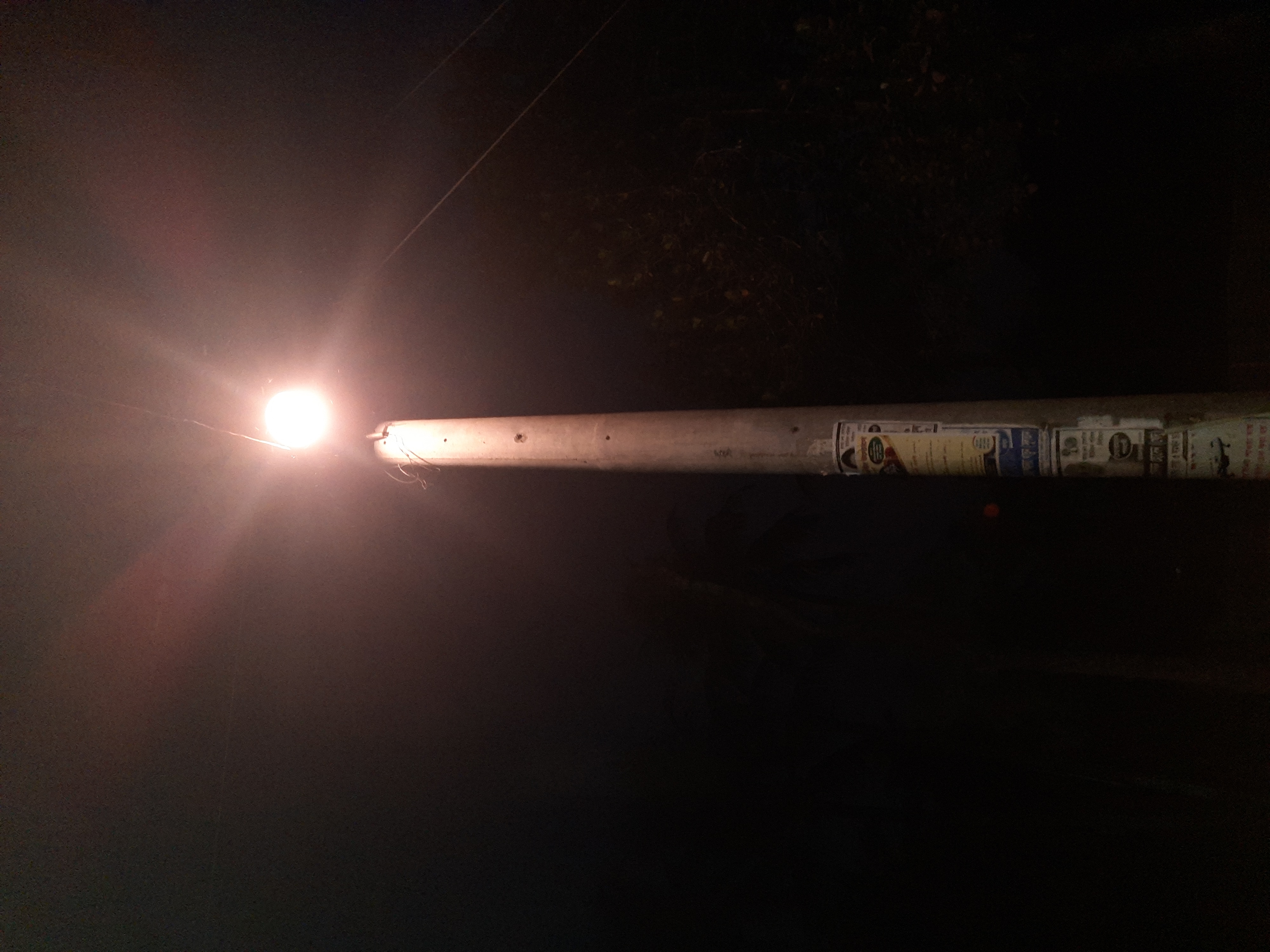
Early lamps were used by Greek and Roman civilizations, where light primarily served the purpose of security, both to protect the wanderer from tripping on the path over something or keeping the potential robbers at bay. At that time oil lamps were used predominantly as they provided a long-lasting and moderate flame. A slave responsible for lighting the oil lamps in front of Roman villas was called a lanternarius.
The use of street lighting was first recorded in the city of Antioch from the 4th century B.C. In South Asia street lamps first appeared in the Bronze age indus valley civilization, each lane had a public use and was provided with street lamps. The streets of Ayodhya and Lanka were also provided with lamp posts. In the Middle Ages, so-called "link boys" escorted people from one place to another through the murky winding streets of medieval towns.
Before incandescent lamps, candle lighting was employed in cities. The earliest lamps required that a lamplighter tour the town at dusk, lighting each of the lamps. According to some sources, illumination was ordered in London in 1417 by Sir Henry Barton, Mayor of London though there is no firm evidence of this.
Public street lighting was first developed in the 1500s,and accelerated following the invention of lanterns with glass windows, which greatly improved the quantity of light. In 1588 the Parisian Parlement decreed that a torch be installed and lit at each intersection, and in 1594 the police changed this to lanterns. Still, in the mid-1600s it was a common practice for travelers to hire a lantern-bearer if they had to move at night through the dark, winding streets.King Louis XIV authorized sweeping reforms in Paris in 1667, which included the installation and maintenance of lights on streets and at intersections, as well as stiff penalties for vandalizing or stealing the fixtures. Paris had more than 2,700 street lights by the end of the 17th century,and twice as many by 1730.[10] Under this system, streets were lit with lanterns suspended 20 yards (18 m) apart on a cord over the middle of the street at a height of 20 feet (6.1 m); as an English visitor enthused in 1698, 'The streets are lit all winter and even during the full moon!'In London, public street lighting was implemented around the end of the 17th century; a diarist wrote in 1712 that ‘All the way, quite through Hyde Park to the Queen’s Palace at Kensington, lanterns were placed for illuminating the roads on dark nights.
100%Congratulations, @mahfuzur123 Your Post Got Boost By @hiveupme Curator.
"Delegate To @hiveupme Curation Project & Earn 95% Curation Rewards"
Contact Us : CORE / VAULT Token Discord Channel or Join Us : UPMELINK Web Site